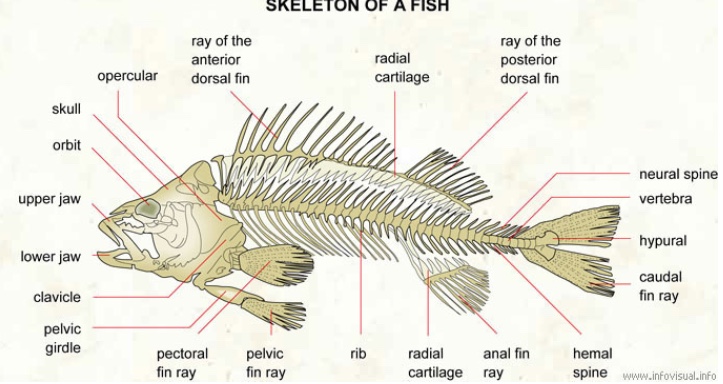Having looked at some of the questions regarding creatures with more than four limbs, I've found some useful info, like the idea that additional limbs increase stability while requiring more brain power to coordinate. This helps me imagine how a fictional group of hexapodal animals could evolve.
However, I'm having trouble picturing what the basic structure of a vertebrate with additional limbs would look like. I'm not talking about specifics like a dragon's wings or centaur's hooves. I mean basic things - assume we're taking about a common hexapodal-vertebrate ancestor here, not the ins and outs of specific mythological creatures here.
I know tetrapodal vertebrates have a pelvis and shoulder blades, which function differently because the forelimbs and hind limbs serve different purposes and take different amounts of impact. So I assume hexapods would have similar features... But with three sets of limbs instead of two I'm not sure what changes. Are the middle limbs attached to a pelvis, to shoulder joints, or to something else entirely? Where would the ribs go in relation? I'm sure there would be other things needed that I'm not thinking of because I'm not overly familiar with anatomy to begin with (and please forgive any errors because of that).



